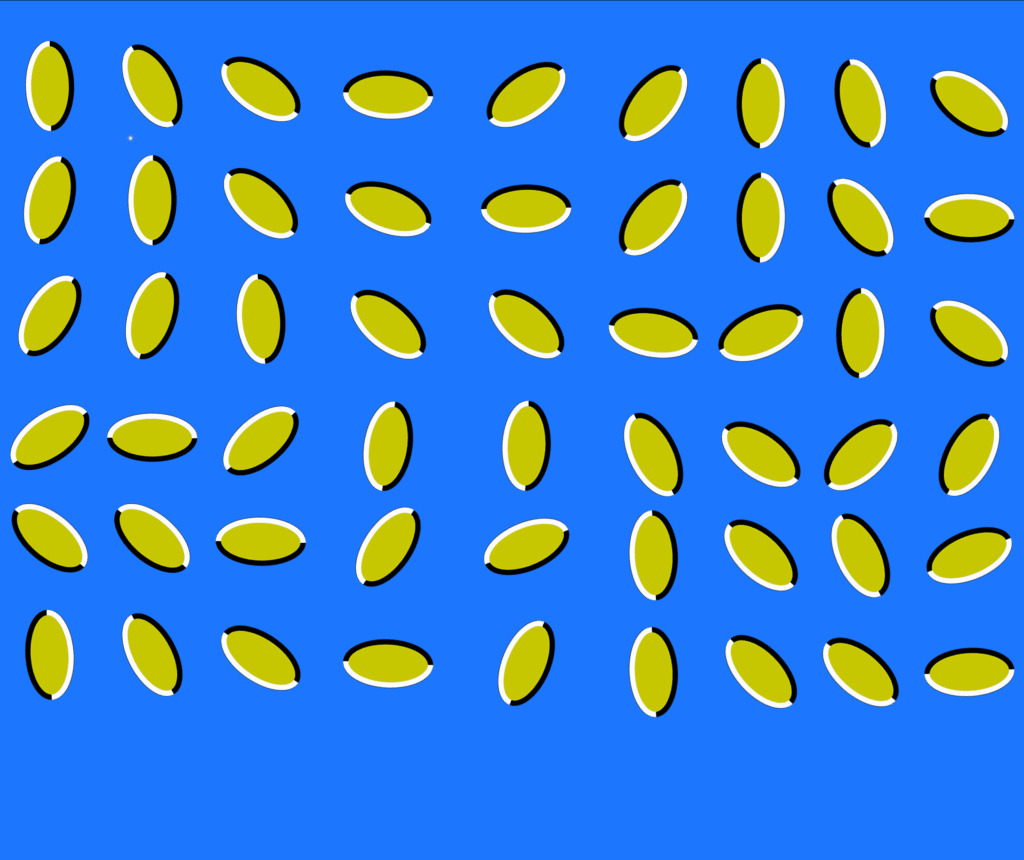Ever wonder if someone experiences the color red like you do? I mean what if my red looked like your green? I guess it probably doesn’t matter as long as the meaning is conveyed the same (given there was supposed to be meaning). Could be why some people like one color and others dislike it.
Color has been proven to tie to emotions. Red can incite anger, while blue is said to be calming.
But it’s not just the color, it’s the relationship between hue, brightness and the emotional or physical environment it’s placed in.
So red can signal love, passion or danger depending on the context. The red of a rose vs the red of a stop sign or blood. Context is important.
Companies, advertisers and governments use this to enhance the emotion they are trying to elicit in you. Our behavior is controlled by the emotion that we feel and they know it. Color influences our biological state before we are even able to process it mentally.
$How? Consider this: A red ‘buy now’ button increases clicks by 20-40% compared to blue or gray. Why? Red is exciting. It’s a high energy color that incites action.
Fast food chains use Yellow and Red because together they trigger hunger and urgency. Think McDonalds, Wendy’s, In n Out.
Guess what color eco-friendly companies use – this color has the emotional association with money, nature, balance.
What’s even more interesting is what can happen when you combine certain colors together. For example, take a greenish colored oval with a half-black border and a half-white border. Repeat the shape over and over again and skew each object slightly. Make several rows and you get what is below. Before you spend too much time looking at it please know that it might make you dizzy and sick. It’s not moving. It’s a static image. The combination of color, hue, shape and placement of the objects cause your brain to perceive that it is moving. Some other interesting things: This image was originally created by a Japanese psychologist named Akiyoshi Kitaoka who studies visual illusions. I didn’t believe that it wasn’t an animated gif so I recreated the image in photoshop to prove that it really isn’t moving. My re-creation of his illusion is below.

How much of what you feel and what you see is real and how much is manufactured? How much of our experience is enhanced by those that know these tricks and how they can use them to influence our behavior?
